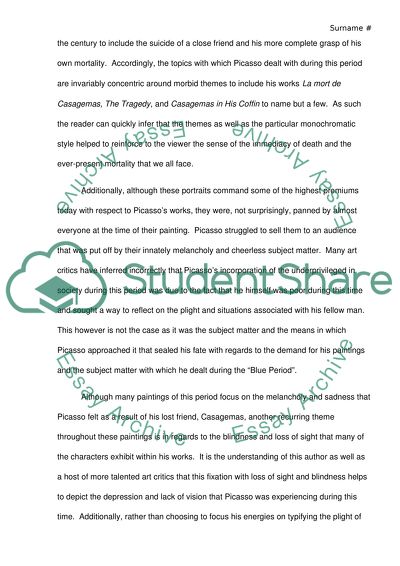Cite this document
(“An Evolutionary View of the Style of Pablo Picasso Research Paper”, n.d.)
Retrieved from https://studentshare.org/visual-arts-film-studies/1460099-an-evolutionary-view-of-the-style-of-pablo-picasso
Retrieved from https://studentshare.org/visual-arts-film-studies/1460099-an-evolutionary-view-of-the-style-of-pablo-picasso
(An Evolutionary View of the Style of Pablo Picasso Research Paper)
https://studentshare.org/visual-arts-film-studies/1460099-an-evolutionary-view-of-the-style-of-pablo-picasso.
https://studentshare.org/visual-arts-film-studies/1460099-an-evolutionary-view-of-the-style-of-pablo-picasso.
“An Evolutionary View of the Style of Pablo Picasso Research Paper”, n.d. https://studentshare.org/visual-arts-film-studies/1460099-an-evolutionary-view-of-the-style-of-pablo-picasso.


